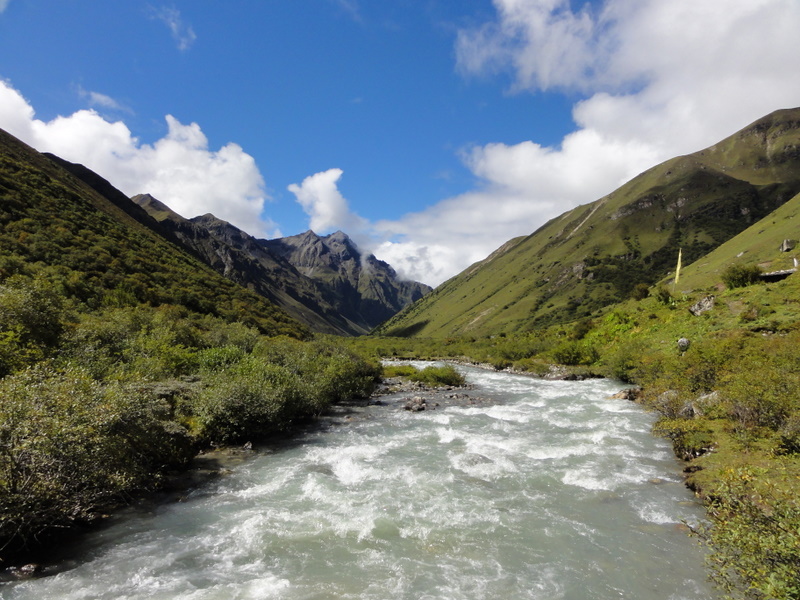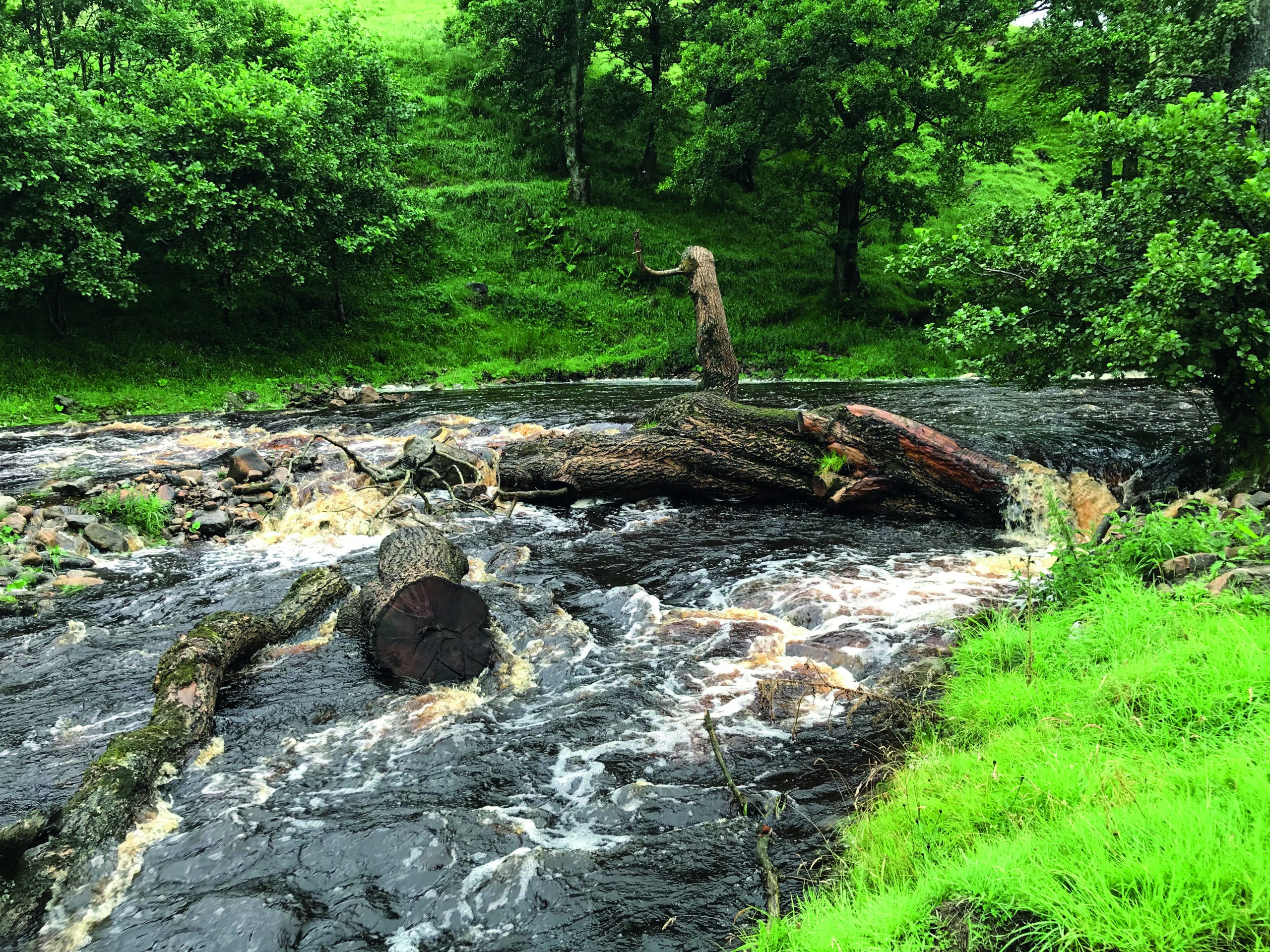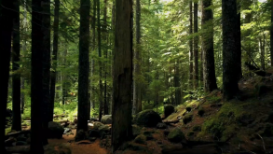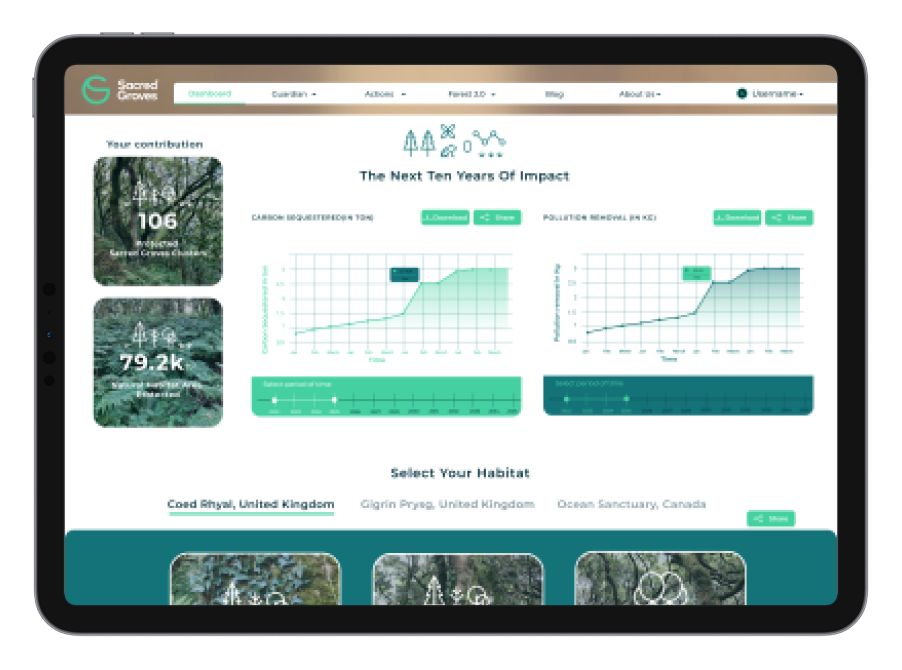The Himalayan Kingdom of Bhutan is one of two carbon-neutral countries in the world and yet the nation is still at the mercy of global warming. A local project is training teachers and students in weather-station management and how to monitor the life cycles of plants and animals to help measure the real-life impact on biodiversity and to develop targeted interventions.

Combating climate change is the biggest challenge of our times. Three years ago, Bhutan became the world’s first carbon-neutral country, meaning its carbon dioxide emissions are balanced with what is absorbed by its forests. However, this doesn’t make the small Himalayan country immune to the effects of global warming and sadly it is witnessing erratic weather patterns, fast-receding glaciers and glacial lakes outburst floods (GLOFs).
But how do you make the risks of climate change relatable to the average person when the data is dry or comprised of confusingly complex computer simulations? The country that pioneered the ground-breaking concept of prioritising Gross National Happiness above GDP is trialling a potential solution.
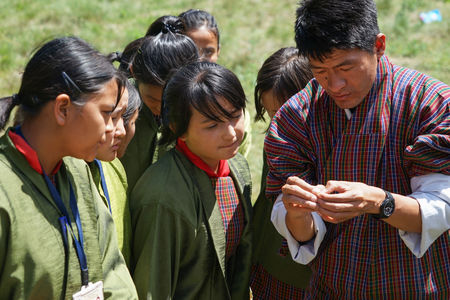
In 2014, the Ugyen Wangchuck Institute of Conservation and Environment (UWICE) launched – with funding from the Karuna Foundation and Bhutan Foundation – the Himalayan Environmental Rhythms Observation and Evaluation System, or HEROES, project in partnership with 21 schools located at varying elevations and ecological zones across Bhutan.
To date, it has trained 34 teachers and more than one thousand students in weather-station management, data collection and plant phenology. Working with 23 weather stations (20 in schools and three in remote mountain locations) they record changes in temperature, snowfall and rainfall, as well as monitoring how key plants and animals are responding to changing climatic patterns within the vicinity of their school’s campus and then feed the data back to UWICE. Recently, a school used the data alongside centuries-old chronicles from Kyoto, Japan to predict the changing fruiting pattern of peach trees, which are now flowering multiple times a year.
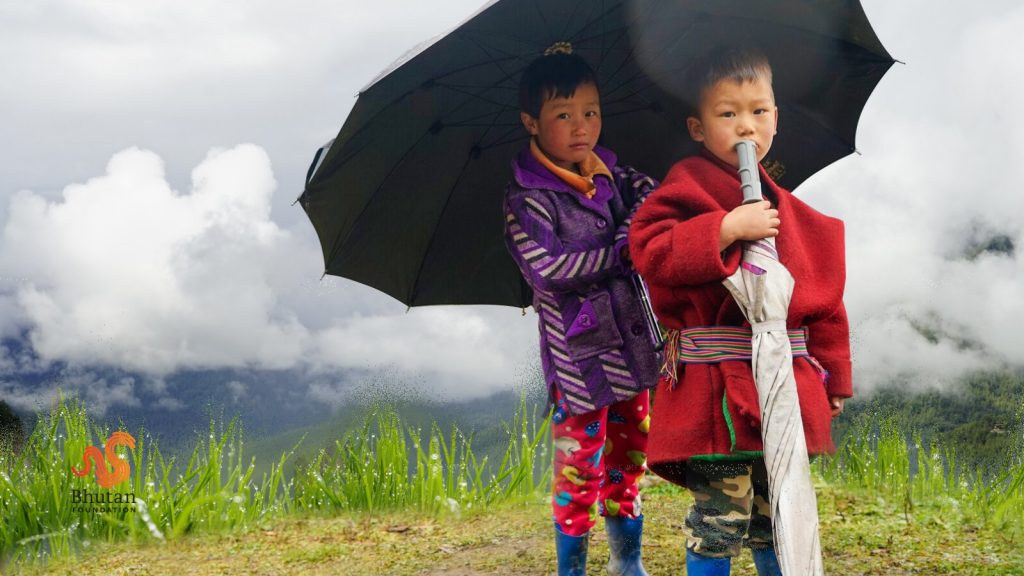
By harnessing the power of ‘citizen science’ and incorporating it into the high-school curriculum, the project is building a countrywide network of data-collection sites at very little cost, while simultaneously giving the students agency in the climate, and nation, they will inherit. The hope that this will lead to targeted interventions to help ailing ecosystems as it highlights the issue of climate change amongst the general public, including the students’ parents.
The intention is to foster a Bhutanese generation raised on the importance of environmental conservation, says Dr. Chenga Tshering, Deputy Chief Forest Officer with the Ugyen Wangchuck Institute.
“Educating youth on climate change and its impact is one of the greatest benefits of this initiative, “ he says. “We hope our climate-literate youths will become influential climate change activists on the world stage.”
Author: Emma Thomson, The India Story Agency for Sacred Groves
Images Credit: Bhutan banner image – Harisai Abhi/ Wikimedia Commons
(Wikimedia License – https://creativecommons.org/licenses/by-sa/4.0/legalcode)
Did you enjoy this article?
Share with friends to inspire positive action.
